Either he picked up the wrong colors or has probably run out of paint; Paul Cézanne, the most rebellious of the 19th-century French artists, painted his work of art “Le Lac d’Annecy” – unromantically.
It was July 1896 at Talloires in France, when Cézanne painted it. In a letter to a friend Joaquim Gasquet, he once wrote, “This is a temperate zone. The surrounding hills are quite lofty. The lake, which at this point narrows to a bottleneck, seems to lend itself to the line drawing exercises of young ladies. Certainly it is still a bit of nature, but a little like we’ve been taught to see it in the albums of young lady travelers”.
118 years later, I came down to the foothills of the French Alps and descended onto the shores of Lake Annecy in the Haute-Savoie region. I wanted to see for myself what Cézanne painted or possibly, even step into his painting. But unlike him and his canvas, I saw a different picture.
On a clear day, the quiet bourg of Talliores brims. It’s one of those stunning villages dotting the undulating landscape of Annecy, the local administrative seat that borders Italy and is an hour’s flinty drive (due tricky road signs) from Geneva.
It is its lake that draws people to come to Talliores. It is the lake that offers an escape, an enigmatic sense of consolation – serene, yet romantically evocative. Even from a distance, its calm waters and the surrounding foliage emanate a faint air of persiflage, inviting you to step a bit closer. By closely looking at one’s reflection, a deep sense of freedom can be felt, commanding a mystifying vision to the imagination.
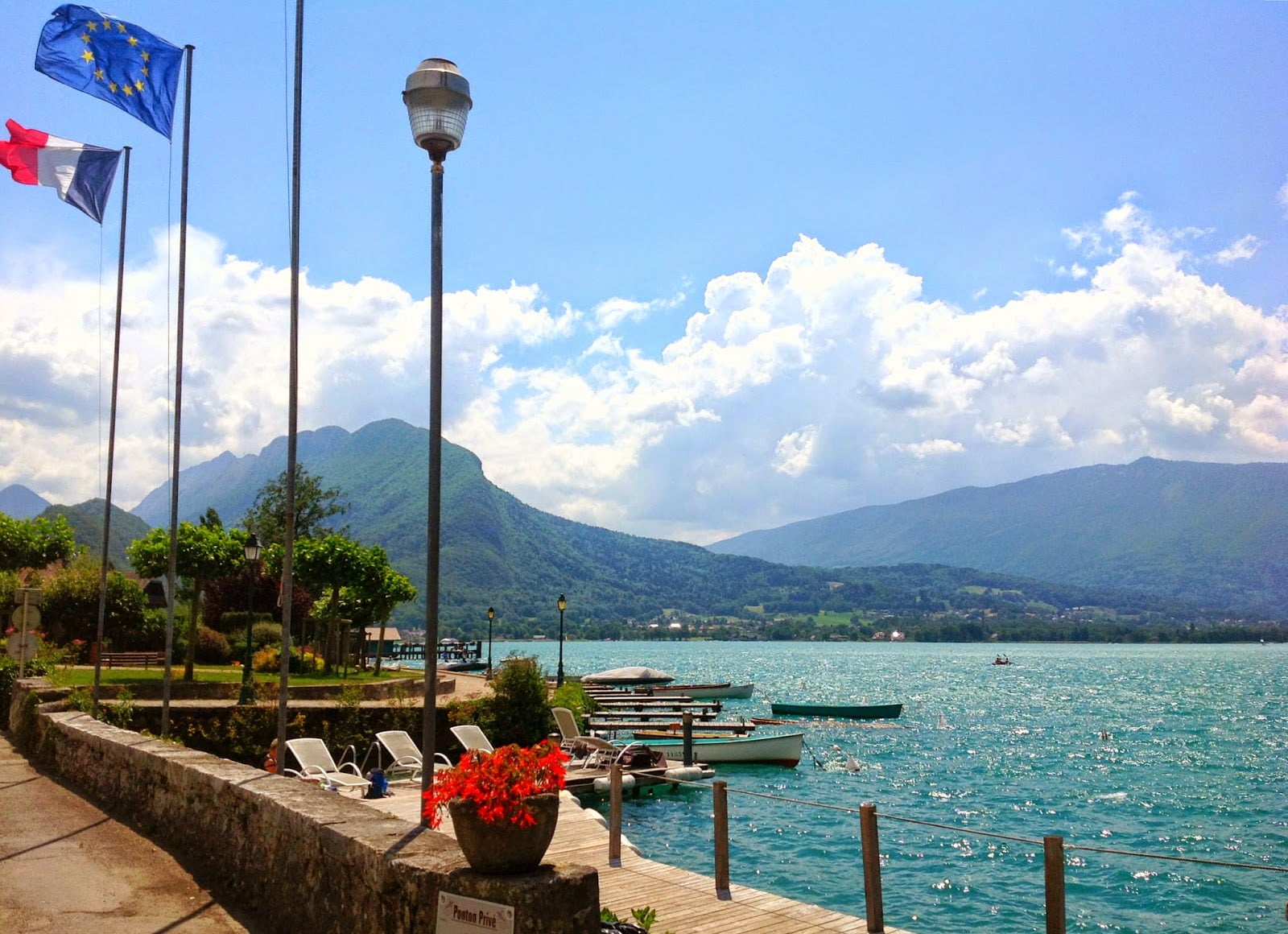

How could Cézanne paint such a sad picture when all you see is the radiating beauty of the lake? Could it be just a mere illusion or Cézanne’s self delusion? Perhaps these were the elements Paul Cézanne wanted. Even though he had sneered at the view of the lake, he came to accept, that the lake itself was a refuge. He reflected on it as an artist, to himself being his own enemy and with humility – surrendered.
His room at the 17th century Hotel Abbaye de Talloires, where he stayed during his summer sojourn in Talloires, bore witness to the painter’s personal battle. The hotel, which was once a former chapel in the middle-ages and later grew as a monastery, had been a conclave to monks from Savigny near Lyon, as well as to other pilgrims. Wines dating from the last century inhabit its cellar framed by Romanesque arches made out of volcanic rocks.
Since Cézanne’s time, a few modern touches have been added like televisions and wifi, but the atmosphere remains unscathed. The portraits that occupied the bedrooms on the second floor, the old piano in the lobby and some wood carvings give a clear image of what had been like in centuries passed.
After streaks of early morning light peep through his wooden window, Cézanne walks out of his room and spends hours wandering along the banks of the lake. His thoughts drifting along with the ripples of the water but his gaze is always fixed towards the Château de Duingt, nestled on a knoll, half concealed by trees. The sky bursts with a mid-July clementine glow which provided Cézanne with a comforting mood after fleeing the dismal lugubriousness of Paris.
He mechanically takes his pad out and makes sketches with the vastness that lies in front of him. After soaking up the atmosphere and feeling satisfied, he goes back to his hotel room and sits at his easel painting intensely what he saw but at the same time finding the landscape a multi-faceted reflection of his weakness and inner struggle. The lake, the picturesque craggy rock formation of “Dents de Lanfon”, the rich history of the hotel and the mystique that lurks behind the doors of the hotel’s prior room, and even the medieval wines didn’t help Cézanne in his depression.
Truth be told, Paul Cézanne’s “Le Lac d’Annecy” canvas was Cézanne himself. The dominating sonorous colors of blue and shades of green coupled with black accents, is a successful painting of suppressed emotional drama – of rebellion versus humility, anger against passion, violence versus freedom.
I have seen the painting many times. Like many crusaders, writers and artists before me, I have traveled great distances and resisted vertigo on a journey of perilous peaks and rock-bottom countrysides just to have a glimpse of the lake, even if I only saw it once.
Bruce Willis came too and met his fellow film star, Jean Reno, who by the way is a part owner of Hotel Abbaye de Talloires. Mark Twain ached upon leaving the place that he wished to stay, as he expressed it in his travel journal:
“Lake Annecy is a revelation. It is a miracle. It brings the tears to a body’s eyes it is so enchanting. It stretches itself out there in the caressing sunlight, and away towards its border of majestic mountains, a crisped and radiant plain of water of the divinest blue that can be imagined.”
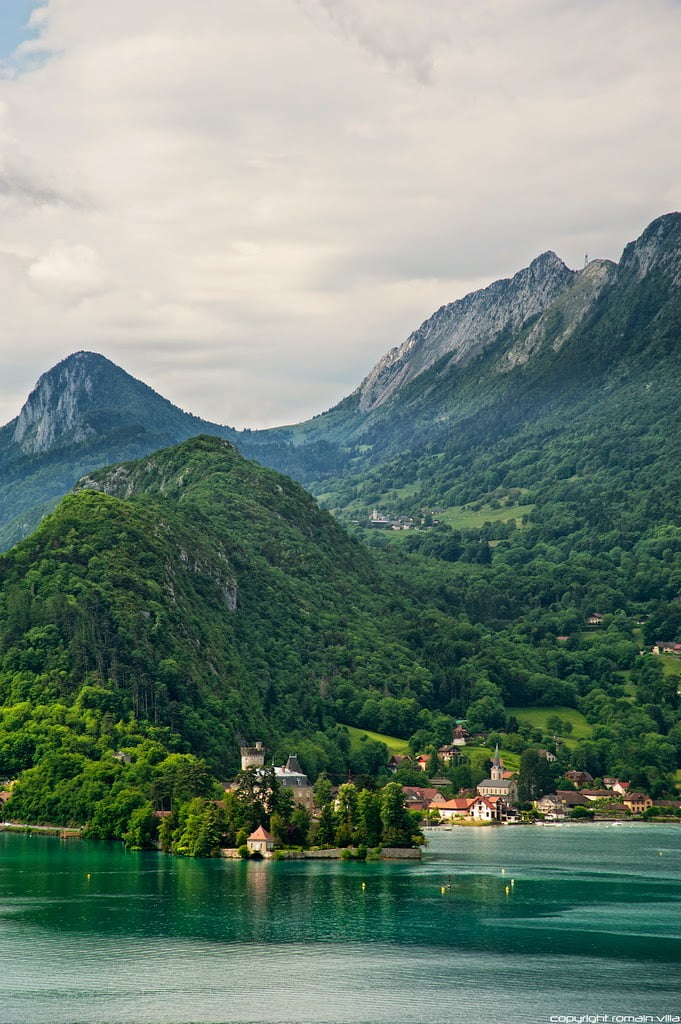

Even though the painting portrayed a hint of sadness and lackluster romance as to seeing the lake; it is still a triumph of a painter’s gifted hands and a revolt towards a prosaically painting style.
I am not Cézanne. Nor was he me. We were just two individuals who came to the same place but at different times. But mind you, his “Le Lac d’Annecy” – I think I’m falling for it.
BUTTER MY BAGUETTE
This website made of love strives to produce FREE CONTENT.
Help me tell more stories and keep this website free of any advertisement by supporting Flying Baguette in inspiring more people and connecting you with other cultures and communities around the globe. Donate a little or as much as you can afford to keep the magic of Flying Baguette going for years to come. Share your support through the icons below ⬇️









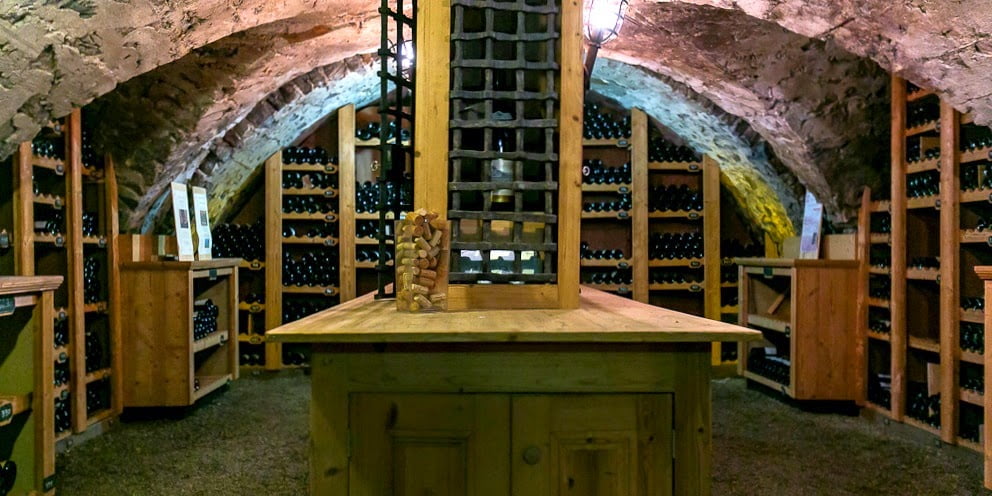
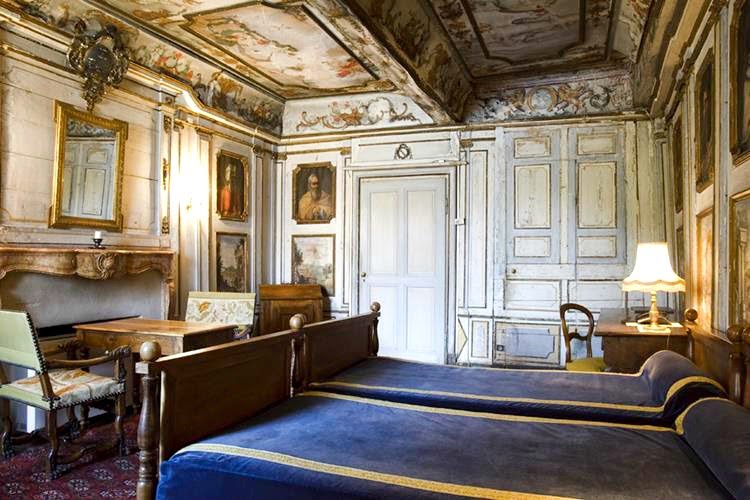
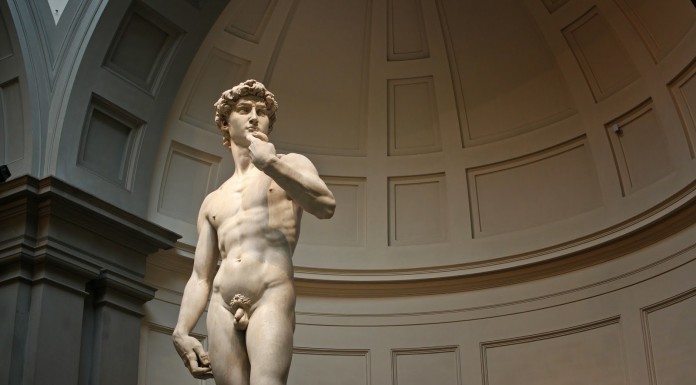




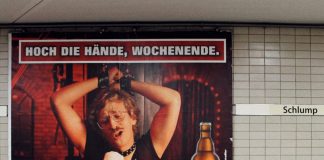
Such beautifully written. I love Cezanne’s work, including the Le Lac D’Annacy. I’ve visited the French Alps but didn’t make it to Lake Annecy. I think I need to get there one day, it looks so beautiful and I’d like to visit the hotel too.
I’m falling for the painting as well. Thank you for introducing it to me. And I agree with Stefan. Great approach to a blog post.
You are definitely more of an art connoisseur than I am. Don’t know anything about the painting in question. Though the lake I’m familiar with. I’ll set eyes on it someday, and think of this painting.
You are so masterful with your words. It’s an inspiration, buddy, I mean it. I love the idea of exploring a place through a painting. Might copy-cat. 🙂
I have just fallen back in love with the Alps on my recent trip to Slovenia. I can see the Annecy Lake being a place to rekindle this affection even more!
What a lovely looking place, it looks a great destination for next time we are in France with the dog.